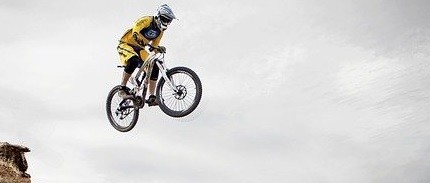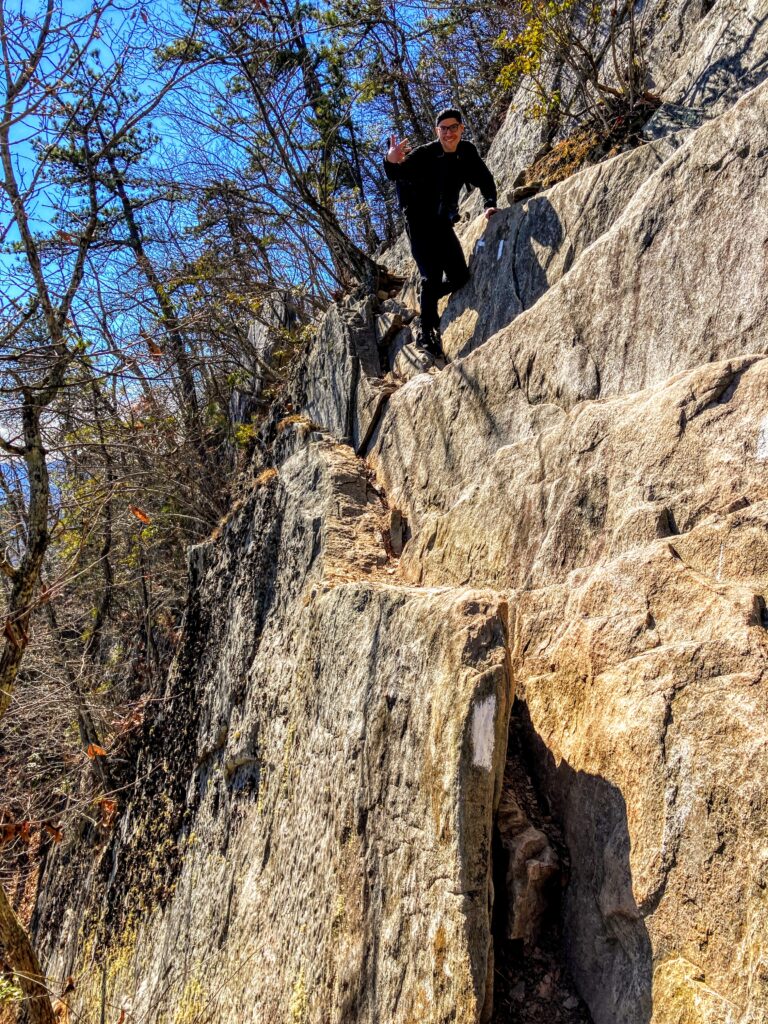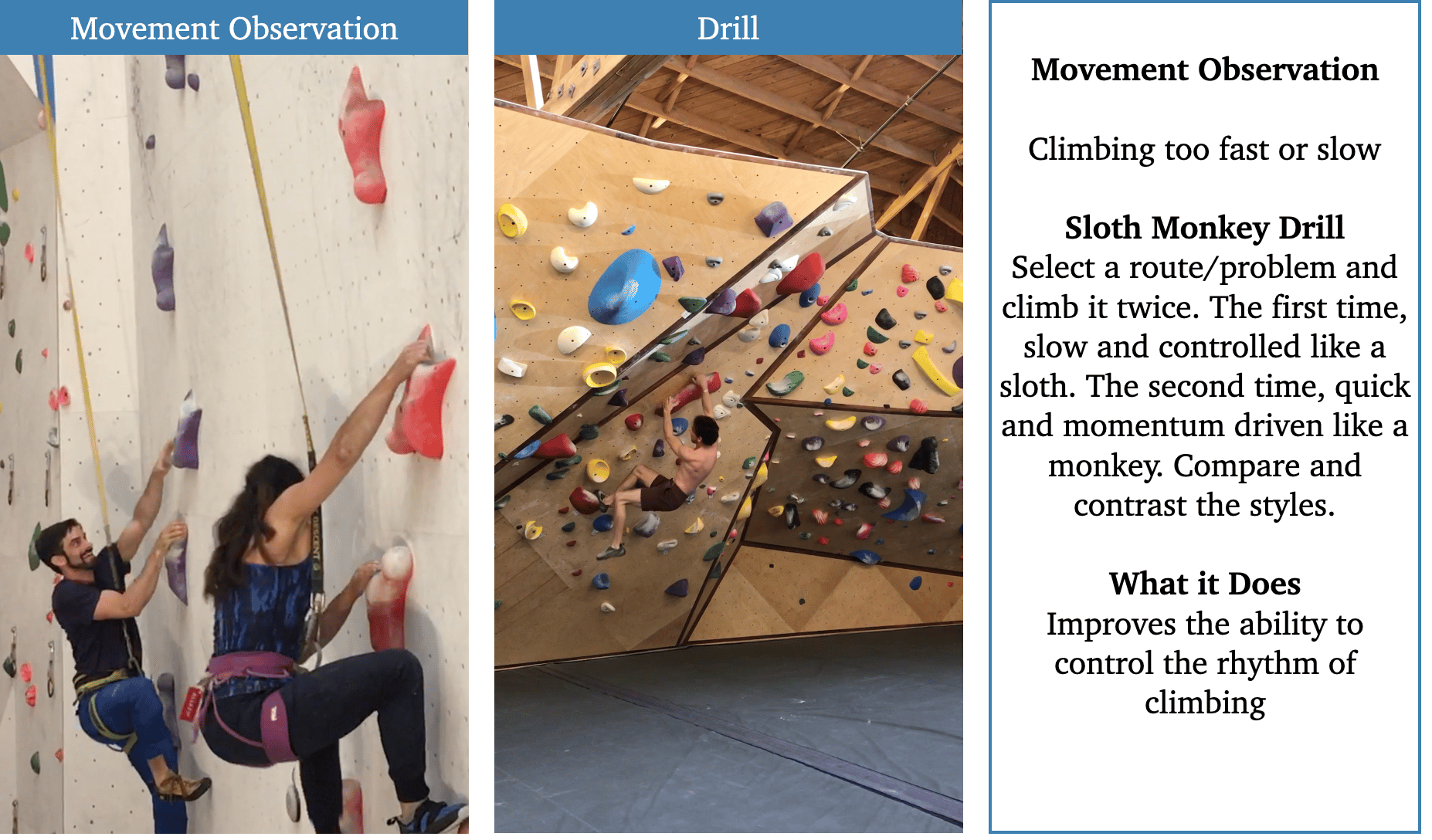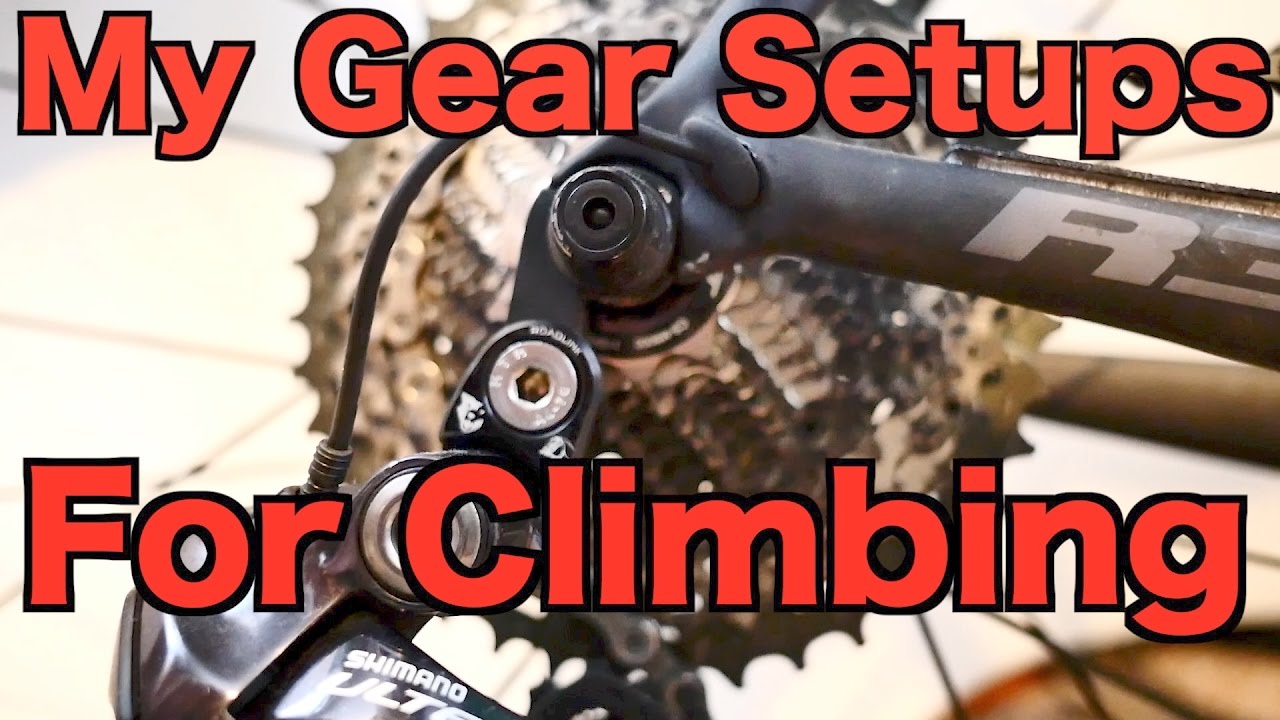🔥 Best MTB GEAR DEALS ON AMAZON
When it comes to introducing young children to the world of biking, a common question that parents often ask is whether it is possible to put training wheels on a kid’s mountain bike.
This question arises because mountain bikes are typically designed for more advanced riders who are ready to tackle challenging terrains and trails.
In this article, we will explore the feasibility of putting training wheels on a kid’s mountain bike and discuss alternative options to consider for a safe and enjoyable riding experience.
Understanding the Purpose of Training Wheels
Before delving into the topic at hand, it is essential to understand the purpose and functionality of training wheels. Traditionally, training wheels are attached to bicycles to provide stability and balance for new riders. They are primarily used to help children develop their coordination, gain confidence, and learn the fundamental skills required for bike riding.
Training wheels serve as a temporary support system, allowing young riders to get a feel for the bike and build their confidence gradually. They help children learn how to pedal, brake, and steer while providing stability and preventing falls. However, it is important to note that training wheels should not be seen as a long-term solution, as they can hinder the development of balance and coordination necessary for riding without assistance.
The Compatibility Challenge
Mountain bikes, designed for off-road adventures, are equipped with specific features that may present challenges when it comes to attaching training wheels. Some of the main factors that need to be considered include:
- Frame Design: Mountain bikes often have unique frame designs, including sloping top tubes and suspension systems, which may not be compatible with traditional training wheel attachments.
- Wheel Size: Kid’s mountain bikes typically feature larger wheels, ranging from 20 to 24 inches, compared to standard training wheel sizes that are designed for smaller bikes. The difference in wheel size can make it difficult to find training wheels that fit securely and provide the necessary stability.
- Tire Tread: Mountain bike tires are designed with aggressive tread patterns to enhance traction on rough terrains. This can make it challenging to find training wheels that can accommodate the tire tread and still provide adequate stability.
Considering these compatibility challenges, it is recommended to explore alternative options for introducing young riders to biking.
Alternatives to Training Wheels
While putting training wheels on a kid’s mountain bike may not be feasible due to the compatibility challenges mentioned above, there are several alternatives that can offer a safe and effective learning experience for young riders:
1. Balance Bikes
Balance bikes have gained popularity in recent years as an excellent alternative to training wheels. These bikes, specifically designed for young children, do not have pedals or training wheels. Instead, they focus on helping children develop their balance and coordination skills by using their feet to propel themselves forward.
Balance bikes allow kids to gradually progress to pedaling without the need for training wheels, as they have already mastered the art of balancing. This approach helps children develop a strong foundation of balance and control, which is essential for transitioning to a mountain bike in the future.
2. Bike Handle Attachments
Another option to consider is using bike handle attachments, such as a parent handle or a balance buddy. These attachments allow parents or guardians to have better control over their child’s bike while teaching them how to ride. The handle attachments can be easily removed once the child gains confidence and becomes comfortable riding independently.
Bike handle attachments provide an extra level of support and guidance for young riders, allowing them to learn the basics of pedaling, steering, and braking while still having the security of an adult assisting them. This option is particularly useful for children who may be hesitant or anxious about riding a bike on their own.
3. Bike Skills Courses
Enrolling your child in a bike skills course or a local biking program can also be an excellent way to introduce them to biking in a safe and controlled environment. These programs often provide well-trained instructors who can teach children the basics of bike riding, including balance and control, without the need for training wheels.
Bike skills courses offer structured lessons and activities that focus on developing riding skills, building confidence, and understanding bike safety. Children learn how to navigate different terrains, handle obstacles, and ride with proper technique. These courses provide a comprehensive learning experience and can be tailored to different age groups and skill levels.
4. Gradual Transition
If your child already has a mountain bike and is eager to ride it, a gradual transition can be an option. Initially, you can remove the pedals from the bike, allowing your child to use it as a balance bike. This will help them master balance and coordination before reattaching the pedals.
Once comfortable with pedaling, you can gradually introduce different terrains and challenges to build their biking skills. Start with flat and smooth surfaces, then progress to gentle slopes and eventually more technical trails. This gradual approach allows children to develop their riding abilities at their own pace while building confidence and proficiency.
Conclusion
While it may not be feasible to put training wheels on a kid’s mountain bike due to compatibility challenges, there are several alternative options available. Balance bikes, bike handle attachments, bike skills courses, and gradual transitions can all provide a safe and effective learning experience for young riders.
It is essential to consider your child’s age, abilities, and riding preferences when deciding the best approach to introduce them to biking. Each alternative option offers unique benefits and caters to different learning styles. Remember, the ultimate goal is to provide a fun and enjoyable experience that encourages a lifelong love for biking.
FAQ
1. Can I put training wheels on a kid’s mountain bike?
Putting training wheels on a kid’s mountain bike may not be feasible due to compatibility challenges with the frame design, wheel size, and tire tread.
2. What are the alternatives to training wheels for a kid’s mountain bike?
Alternative options for a kid’s mountain bike include balance bikes, bike handle attachments, bike skills courses, and a gradual transition from a balance bike to a mountain bike.
3. What are balance bikes?
Balance bikes are specifically designed for young children and do not have pedals or training wheels. They focus on helping children develop their balance and coordination skills by using their feet to propel themselves forward.
4. How do bike handle attachments work?
Bike handle attachments, such as a parent handle or a balance buddy, allow parents or guardians to have better control over their child’s bike while teaching them how to ride. The attachments can be easily removed once the child gains confidence and becomes comfortable riding independently.



